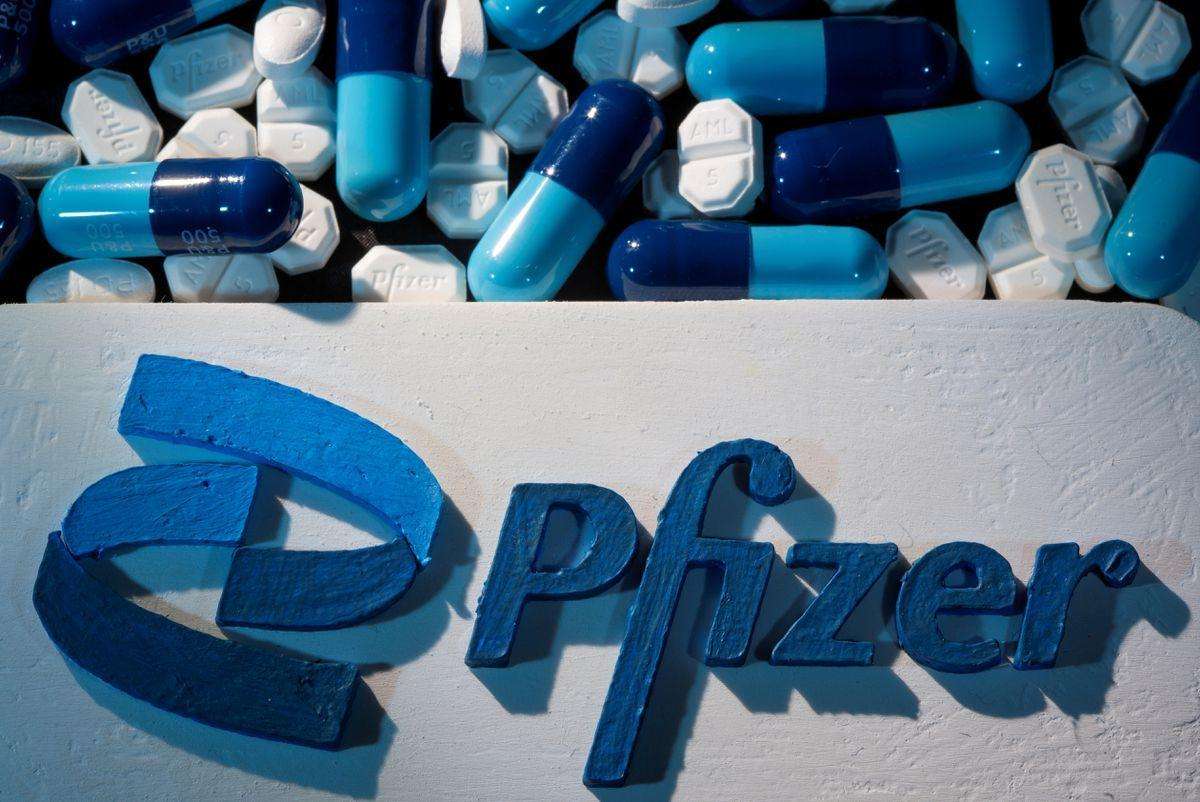Recently, Pfizer announced a new organizational structure adjustment, which will take effect before September 1, 2022, and its business will focus more on COVID-19-related products.
The new structure will take effect before September 1
It is reported that the purpose of this restructuring of Pfizer is to focus more on the new crown vaccine Comimaty and the new crown oral drug Paxlovid, while also giving full play to the functional expertise of the organization. As a result, the company decided to adjust its organizational structure in three areas: Biopharmaceuticals (Biopharma), Global Product Development (GPD) and Business Innovation (CBIO) to better leverage the unique expertise of each organization.
According to online sources, Pfizer’s new structure will take effect by September 1, 2022, subject to consultations with unions and employee representatives as required by local law.
In addition to the aforementioned organizational changes, Pfizer said the restructuring process also provides an opportunity for other organizational units to review their structures and adjust accordingly. In the next few months, there may be new news.
It is worth mentioning that Pfizer specifically emphasized “reducing any unnecessary bureaucracy or red tape.” This is also in line with the current direction of multinational pharmaceutical companies to streamline organizations, promote growth and save costs.
Many people in the industry have speculated whether Pfizer’s restructuring will usher in a new round of industry layoffs.
In January, Pfizer cut hundreds of U.S. sales jobs due to its digital presence, while adding about half of its digital-related jobs. In April, Pfizer India unveiled a digital upgrade plan, as well as a voluntary retirement plan. Two months after the program was launched, Pfizer terminated the jobs of more than 200 sales representatives in its Indian operations.
Betting on Covid-19 Products
As we all know, in this new crown pandemic, Pfizer has fully enjoyed huge vaccine dividends, and it has also reversed Pfizer’s decline in recent years.
From a numerical point of view, Pfizer’s new crown vaccine alone will contribute $36.781 billion in sales in 2021, which directly contributed to a 92% year-on-year increase in the company’s revenue. It is for this reason that Pfizer regained the top 1 position in the global pharmaceutical business with revenue of US$81.288 billion.
In addition to the new crown vaccine, Pfizer also launched the new crown oral drug Paxlovid, which was granted emergency use authorization by the FDA at the end of last year. This year, Pfizer expects to generate $54 billion in sales from its Comirnaty vaccine and its oral Paxlovid drug. If Pfizer achieves this sales target, its total revenue is expected to surpass Johnson & Johnson and regain the top pharmaceutical company.
It should be pointed out that Pfizer remains optimistic about new crown-related products, and continues to expand the new crown vaccine product line, trying to make the new crown vaccine cover more people. According to information released by Pfizer’s official website, as of April 8 this year, among the 18 products currently under development in Pfizer’s vaccine pipeline, 7 are new crown series vaccines, including 6 months to 4 years old infants can be vaccinated 4 new crown vaccines are applying for new drug registration, and the remaining 3 have entered the phase III clinical trial stage.
Pfizer previously said when it planned to exit Haleond, its consumer healthcare joint venture with GSK, that the company would focus on developing innovative medicines and vaccines. And the direction of this restructuring is another proof of Pfizer’s focus on the new crown product line.
Continue to “buy, buy, buy”
The reason why Pfizer is able to achieve today’s performance on the new crown vaccine is mainly due to an unremarkable transaction three years ago – the joint development of a flu prevention vaccine based on mRNA technology with the biotechnology company BioNTech. At the same time, it is Pfizer’s continuous investment in BioNTech that accelerated the research and development of the new crown vaccine, and has today’s high income.
In fact, from the perspective of Pfizer’s best-selling products in recent years, most of them are not completely independent research and development, but are developed through heavy acquisitions and cooperative research and development. Between 2014 and February 2022, Pfizer completed 11 acquisitions totaling $59.351 billion. During this period, Pfizer also cooperated with 11 companies including BioNTech, Novartis, and Merck of Germany to jointly carry out research in various fields such as tumor, rare diseases, inflammation and immunity.
In the first half of this year, Pfizer continued to enrich its wings by buying and buying. Pfizer made four acquisitions in the first half of the year. On May 10, Pfizer announced that it would acquire the pharmaceutical company Biohaven for $11.6 billion in cash to obtain its blockbuster migraine drug Rimegepant and its pipeline. This acquisition has also become the largest transaction value in the pharmaceutical industry since the beginning of 2022, and the only merger and acquisition valued at over US$10 billion.
In addition, Pfizer acquired Arena Pharmaceuticals for $6.7 billion on March 11. The company will bring to Pfizer a diverse and promising portfolio of development-stage therapeutic candidates in gastroenterology, dermatology and cardiology.
Benefiting from the income from the new crown vaccine and new crown related products, Pfizer not only bought time for its own transformation and upgrading, but also accumulated sufficient capital for more asset mergers and acquisitions. However, after eating up the “new crown dividend”, where will Pfizer’s next explosion be?









